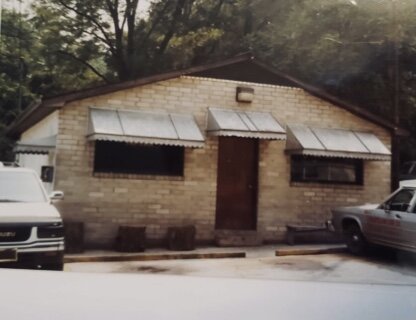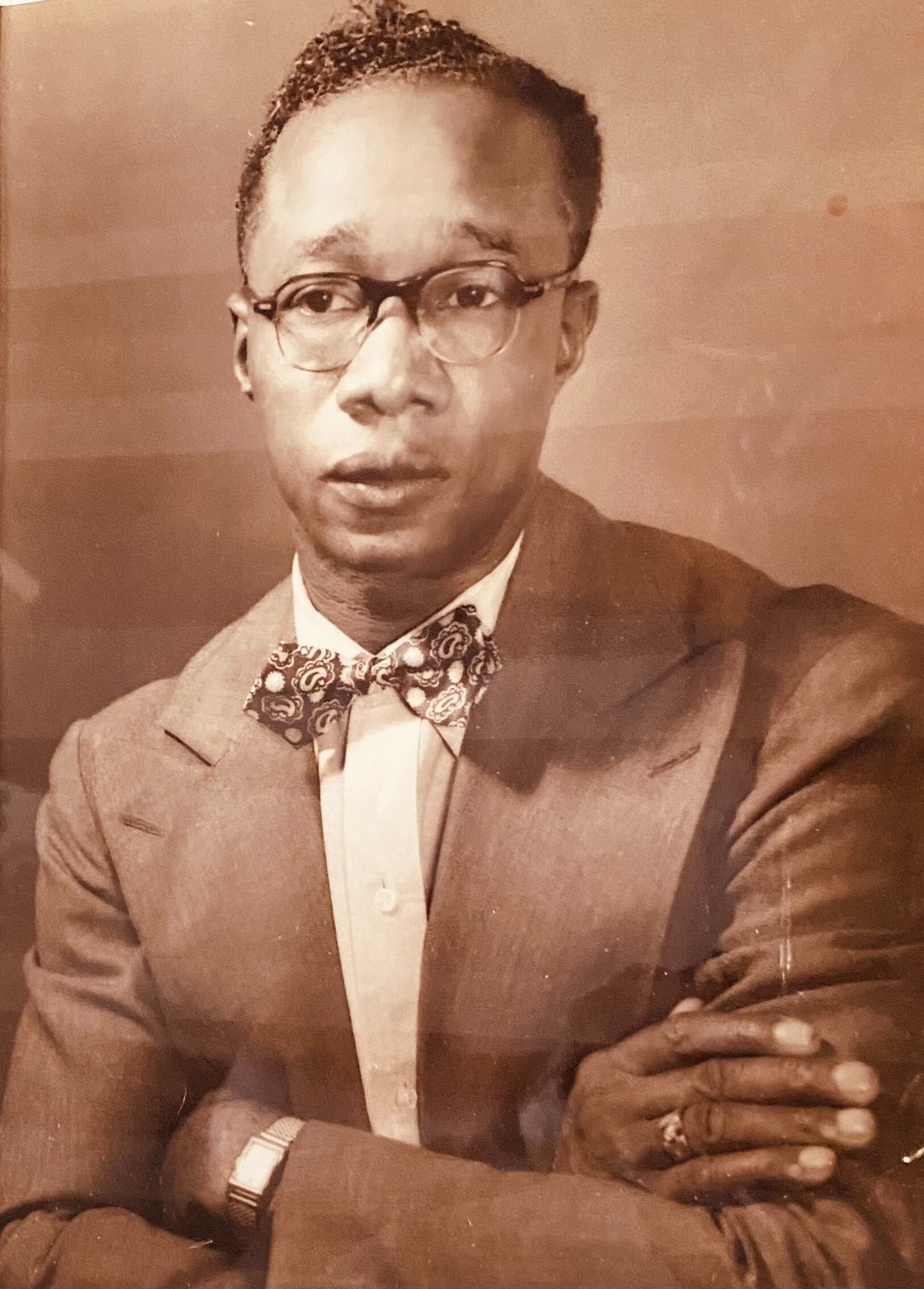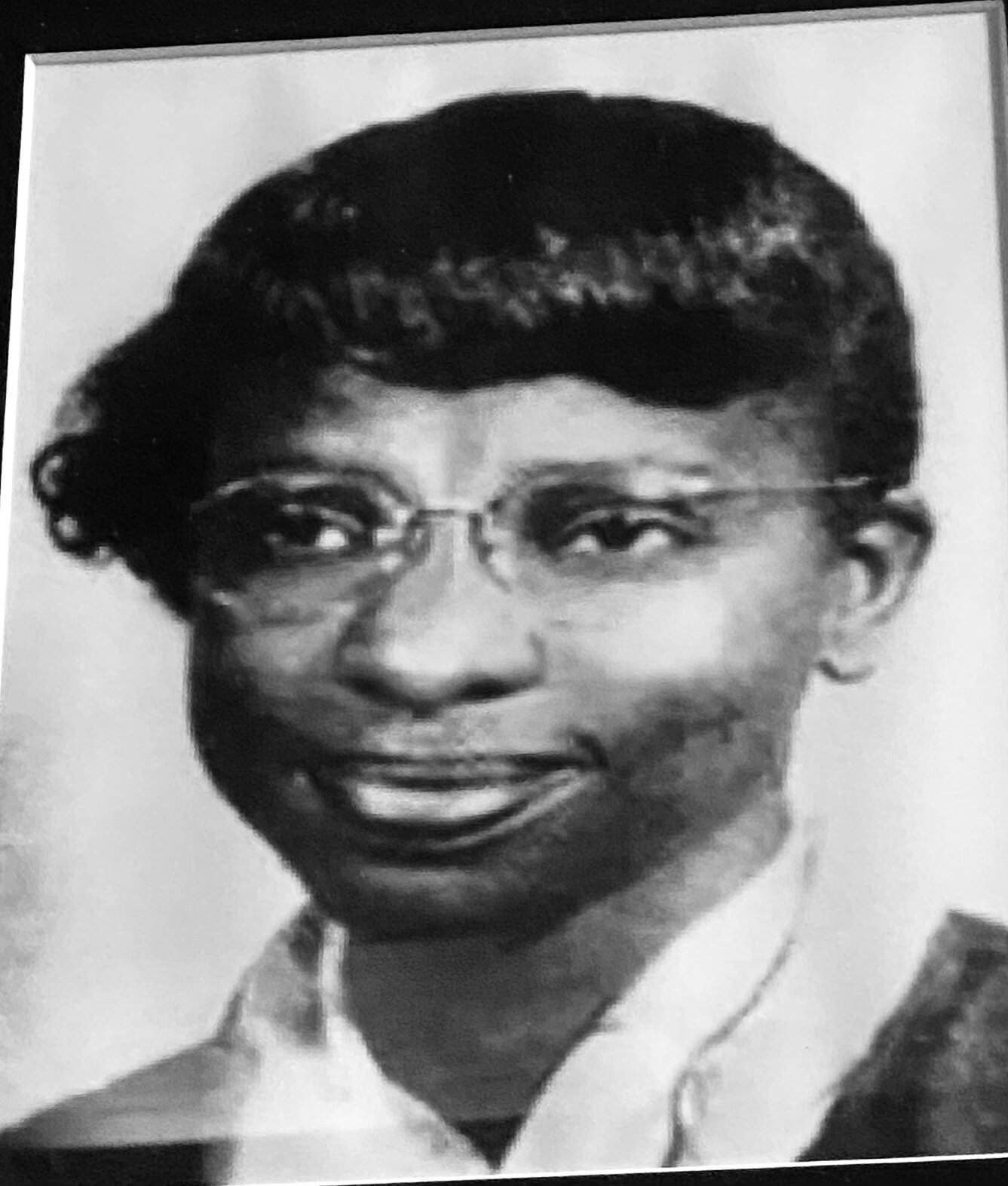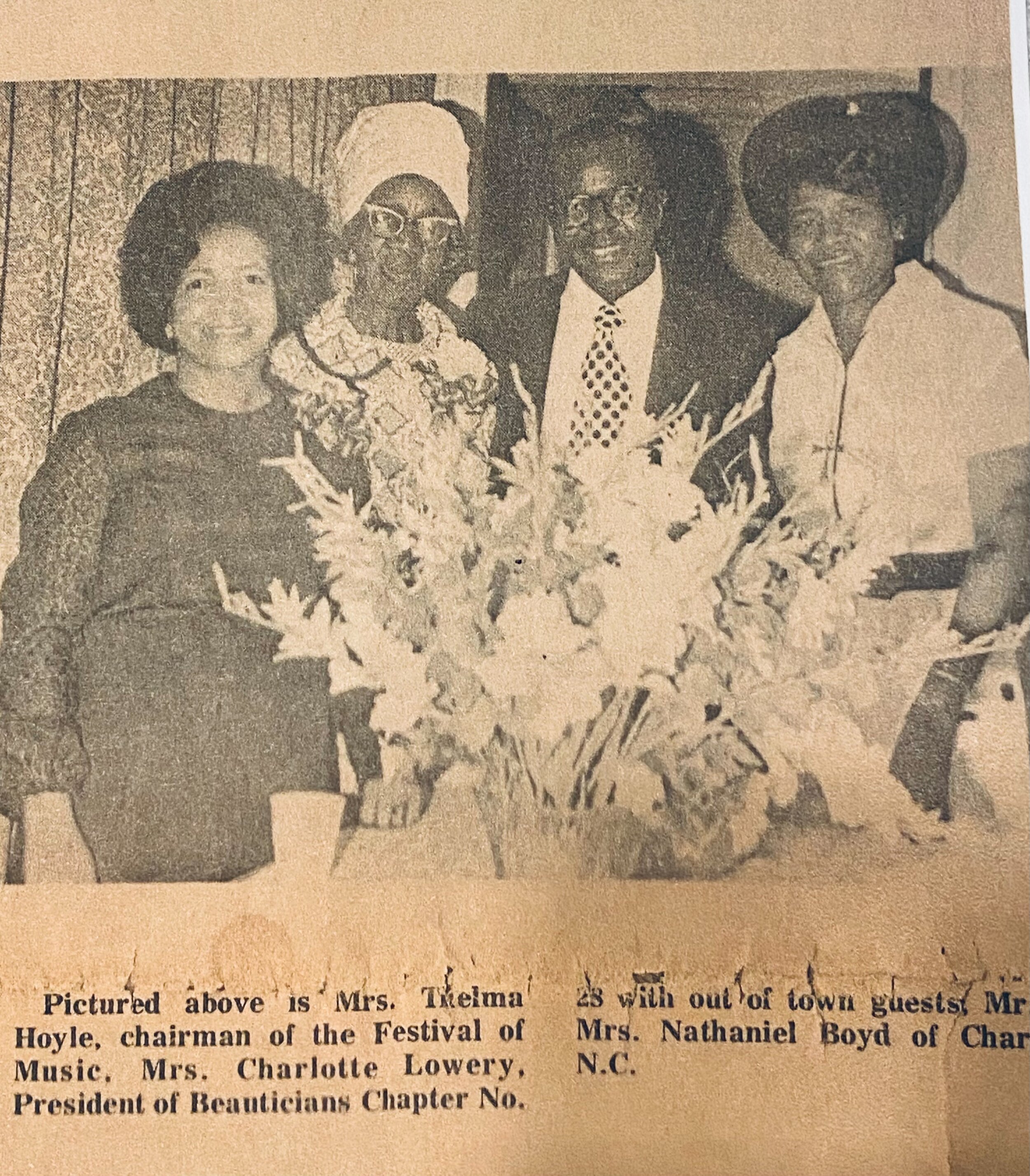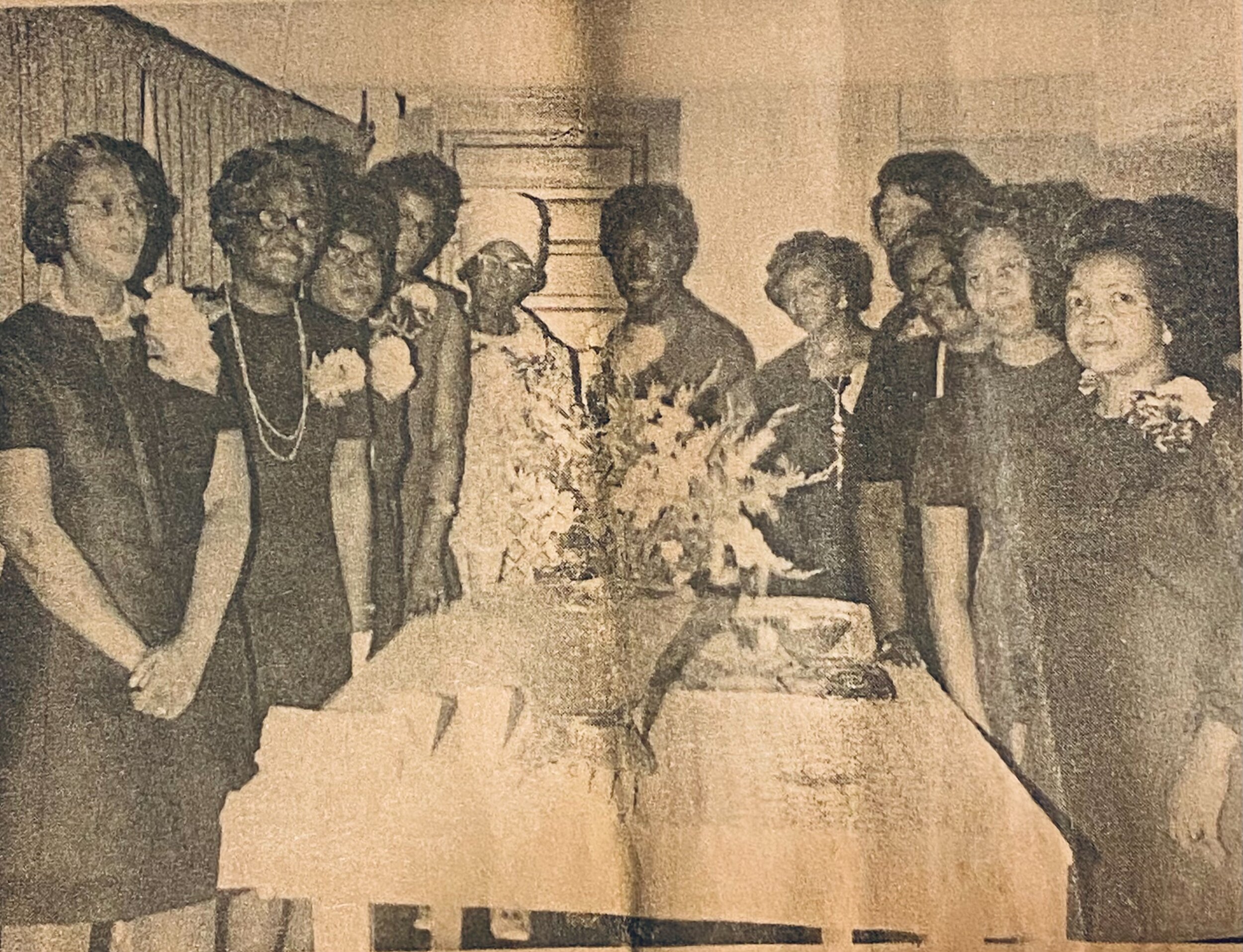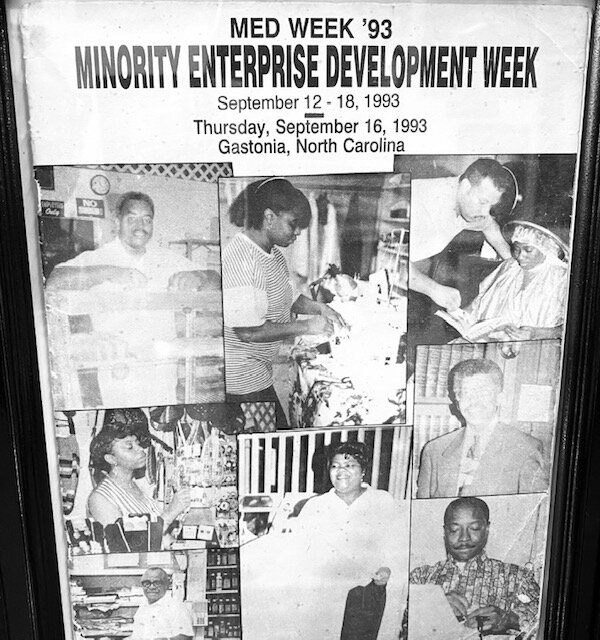The Highland Community Art Park is a merger of history, art and landscape.
Visually it chronicles the historical footprint of the Highland Community, namely areas referred to as “The Block” and “The Square,” and including other historical places and events.
Its goal is to serve as an outdoor art gallery created to showcase those African Americans who were living, working, and worshipping in this area of the city of Gastonia, NC.

The vision for this project came from the organization, The Highland Neighborhood Association (HNA).
A few years ago the HNA expressed a shared concern regarding future use of the dilapidated and asbestos-filled building located at 720 N. York Street, Gastonia, NC. After local authorities and the property owner decided to demolish the building, the HNA, Friendship Christian Church and the City gathered in a collaborative meeting and jointly discussed several ideas on how to repurpose the space.
The concept of an art park was presented by Ward 4 City Councilman, Charles Odom to Bishop John McCullough, the Senior Pastor of Friendship Christian Church.
The art park proposal was approved and The Highland Community Art Park Committee was formed soon after.
The team began work to bring into fruition The Highland Community Art Park. Visitors will find a display of artworks created by local Gaston County artists, and their commissioned artistic theme will memorialize the many aspects of the valued history of Gastonia's African Americans.
“The Block” - Big Daddy’s Grill
This collage painting created by Roy Woods depicts a typical day on The Block.
For the community, the movement and the constant activity reflects how the people made this plaza a staple business venture and kept these businesses in operation: a Variety Store, Hoyle’s Beauty Shop, Big Daddy’s Grill, and the Coin Laundry Mat.
Of course there were other restaurants, corner stores, barber shops, shoe shine stands, beauty parlors, taxi service, churches, credit union, pharmacy, and doctor and attorney offices…all provided the services that the African American people needed to support their daily lives.
Visitors will learn about a period where Black entrepreneurship thrived, where Black churches provided uplifting Sunday services and the night clubs, concerts and dances offered the much-needed weekend social outlets that followed the arduous workweek.
Metaphorically speaking, as visitors take a walk around this outdoor gallery--taking--back “The Block,” and reclaiming “The Square,” and other surrounding historical places, we want them to leave spiritually inspired, economically energized and socially conscious of the African American people and places that built and sustained Gastonia’s Black Wall Street era from the 1950s, 1960s, the 1970s and onward.
We could use your support because we want to make this a worthy stop along the historical trail.
It’s so easy, just click below and gift us with $25, $50, $100 or more!
We are so very grateful.
Featured Artists include Roy Woods, Charles Coad, Carmen Neely, John Biggers, Jim Biggers, Ezekiel Clay, Jr and more.
We look forward to the list growing as we plan to introduce a new featured artist each month!
If you’ve got the gift, let us hear from you!
Our block - Our history.
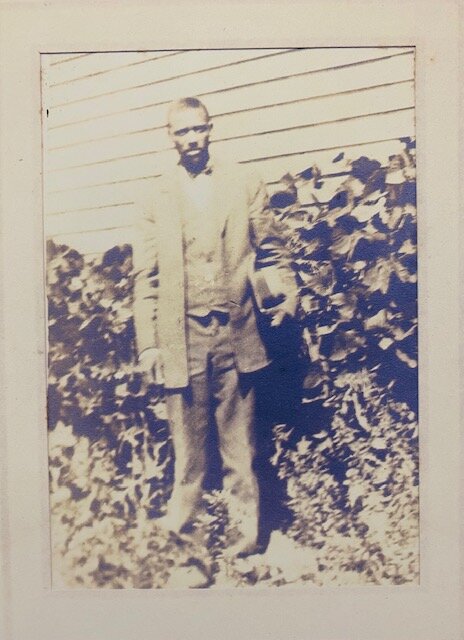
Charlie Odom, father of James "Ed" Odom, is credited with the invention of a shoeshine chair that counted each customer receiving service for the day. He established the Odom business legacy in Gastonia that was continued by his son Ed Odom.
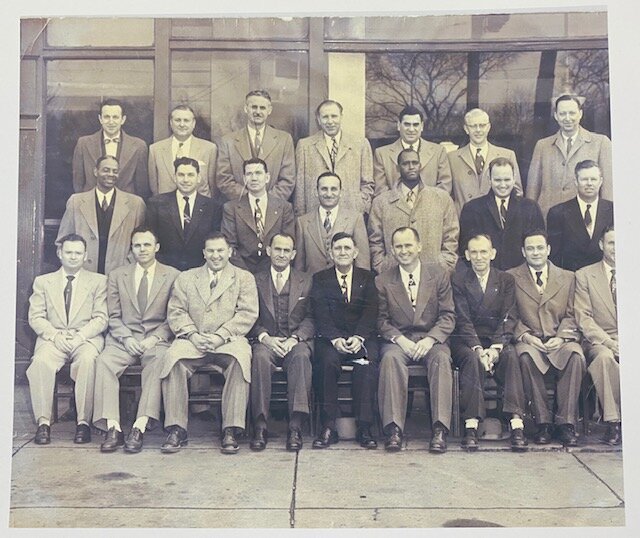
James Edward “Ed” Odom (pictured in 2nd row, 5th from left to right) followed the footsteps of his father, Charlie Odom. Ed Odom built a 2-story building, which sits adjacent to the Odom Family's residence to accommodate his business ventures. The first startup business was a soda shop, shortly after, came the shoeshine stand, and then thirdly, it was turned into a Barbershop. Each of these was a lucrative and successful business ran by Mr. Odom until it was sold to a new owner and became New Image Hair Salon, Brown’s Barbershop, and later became Fades Barbershop. Mr. Odom's staple business for many years included an appliance repair shop.

Dr. Shute became the second principal of Highland High School from 1901-1907 and the first African American public school principal in Gastonia NC.
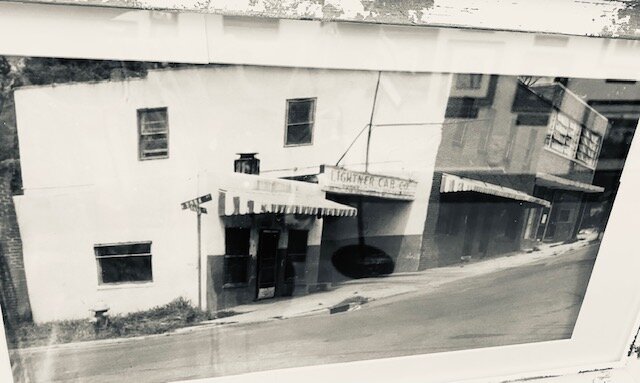
Well-known and well-supported by the Highland community, the Page Avenue Business Area named Union Square, which was shortened and referred to as "The Square," was the African American business hub. Located along York and Walnut Streets, and Page Avenue, businesses like Lightner's Taxi Cab Service, Wood's Shoe Shop, Mean's Restaurant, the Excelsior Credit Union, Doctors T.H. Williston and C.W. Floyd's medical offices, Attorneys Ramseur and Gingles's law practice, Square Drug Store, Brooks Plumbing, Adams Construction, beauty salon and barber shops, and The Gaston Boys Club were the primary business ventures established in the area for over 20 years.
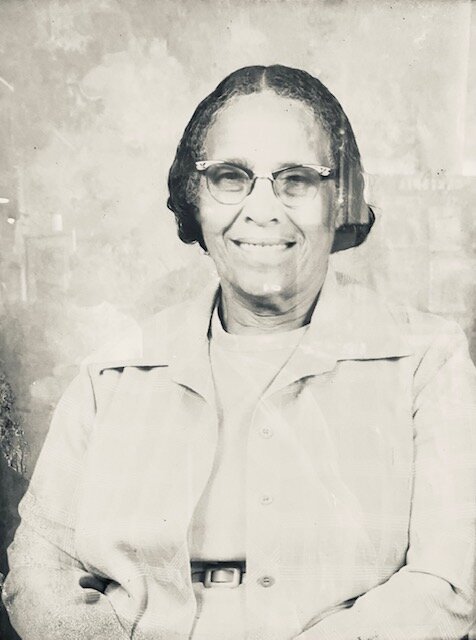
Mrs. Myrtle Hoffman, the owner of a daycare center, used her love for children as a way of giving back to the African American community. Mrs. Hoffman never had children biologically, but through her daycare center, she was a “mother” to many and commanded respect as Gastonia’s missionary and ambassador for Christ!

Mrs. Charlie Mae Shoats established herself as the first African American barber in Gastonia, NC.
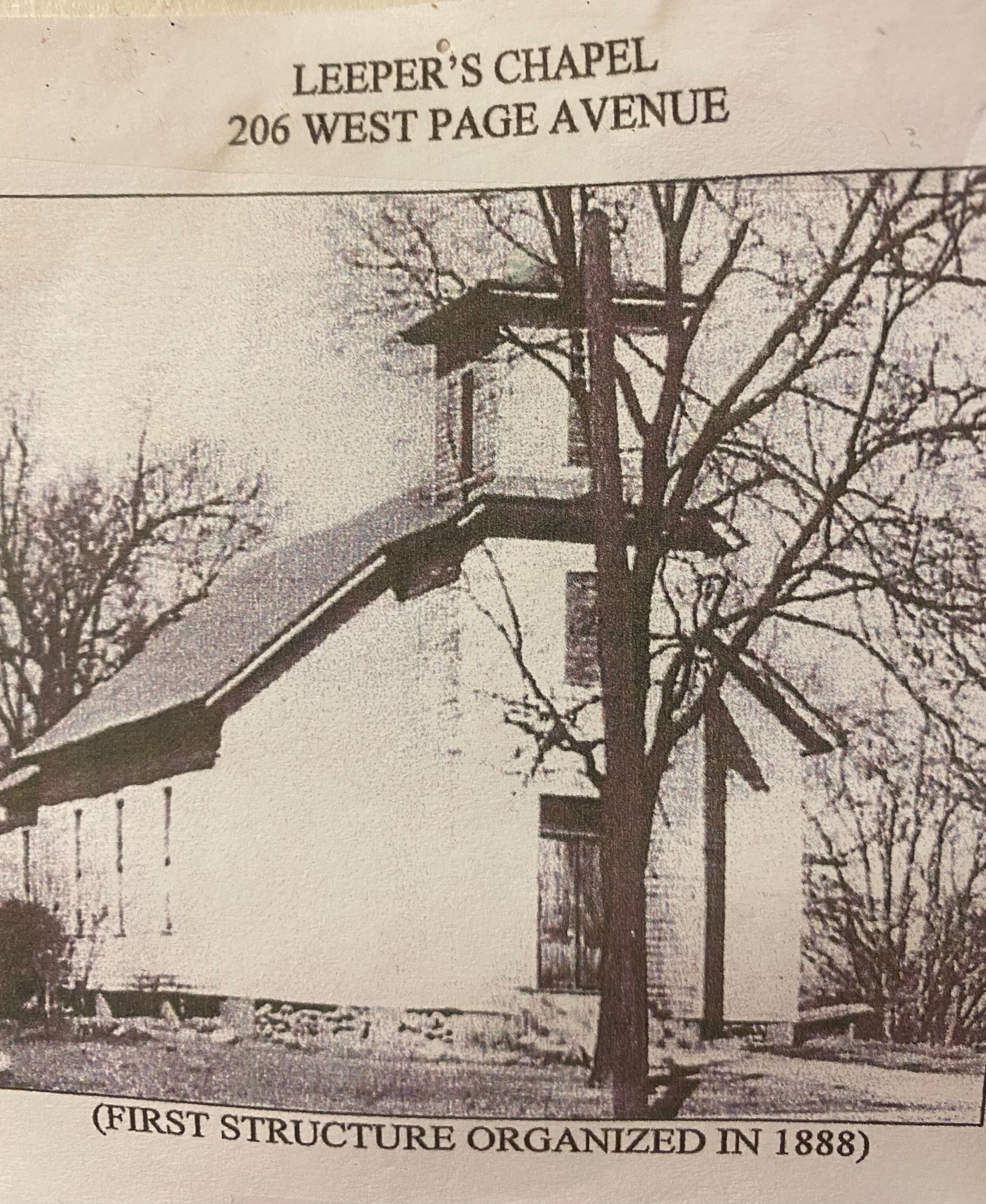
Originally founded as Leeper’s Chapel, in 1902, it became what is now Third Street Presbyterian Church.

The Union Square Board of Directors, pictured left to right: Dr. Norman Smith, Thebaud Jeffries, Charles Costner, JQ Falls, and Nat Barber.
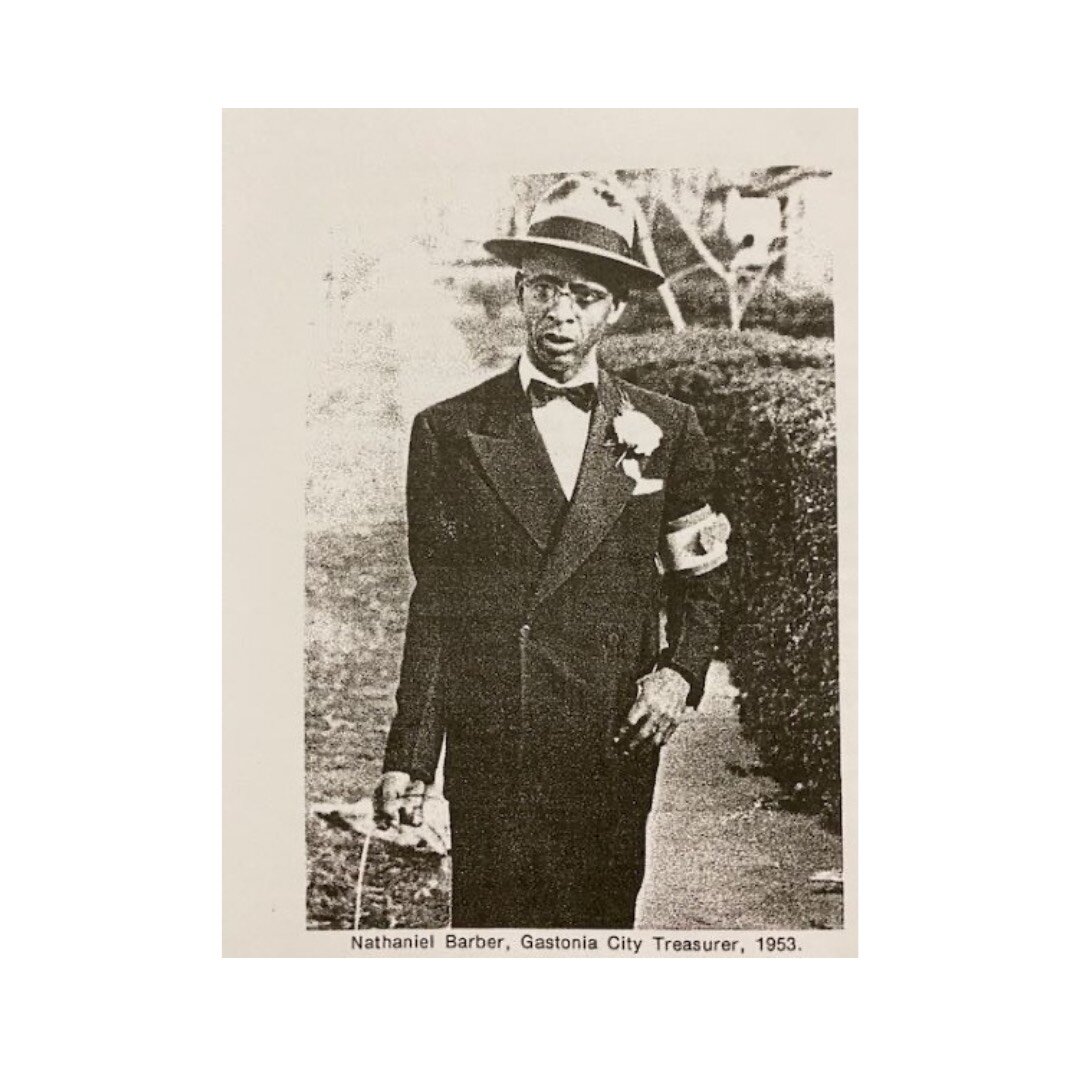
Mr. Nathaniel Barber was one of the founders of the Excelsior Credit Union in 1947. The credit union served the financial needs of the Highland Community for many years.
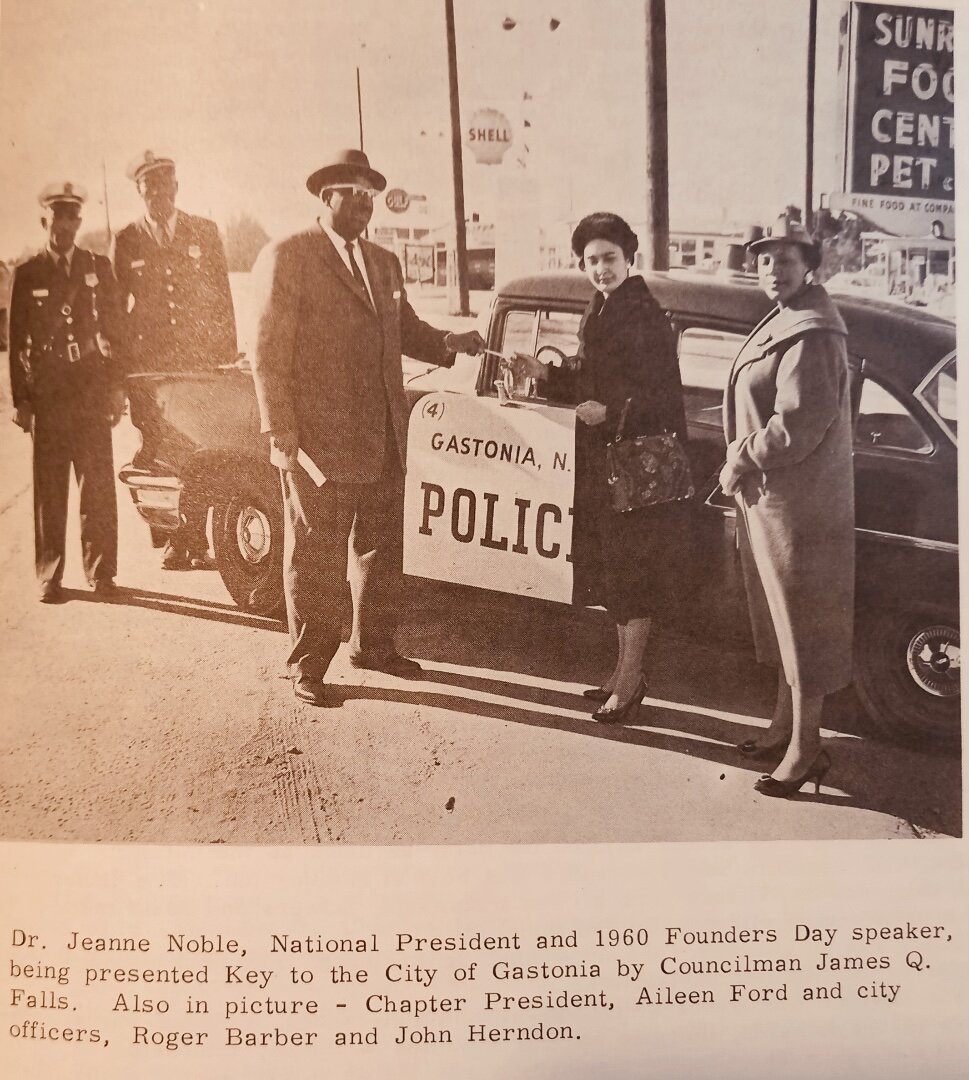
Dr. Jeane Noble, National President and 1960 Founders Day speaker, is being presented with the Key to the City of Gastonia by Councilman James Q. Fallls. Also in the picture – Chapter President, Aileen Ford and city officers, Roger Barber and John Herndon.
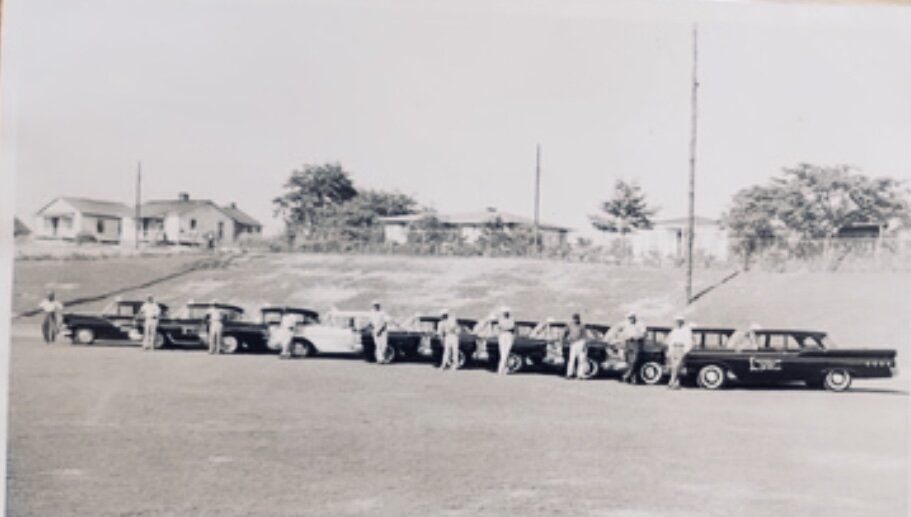
The fleet of taxicabs owned and operated by Leslie (Les) Lightner.
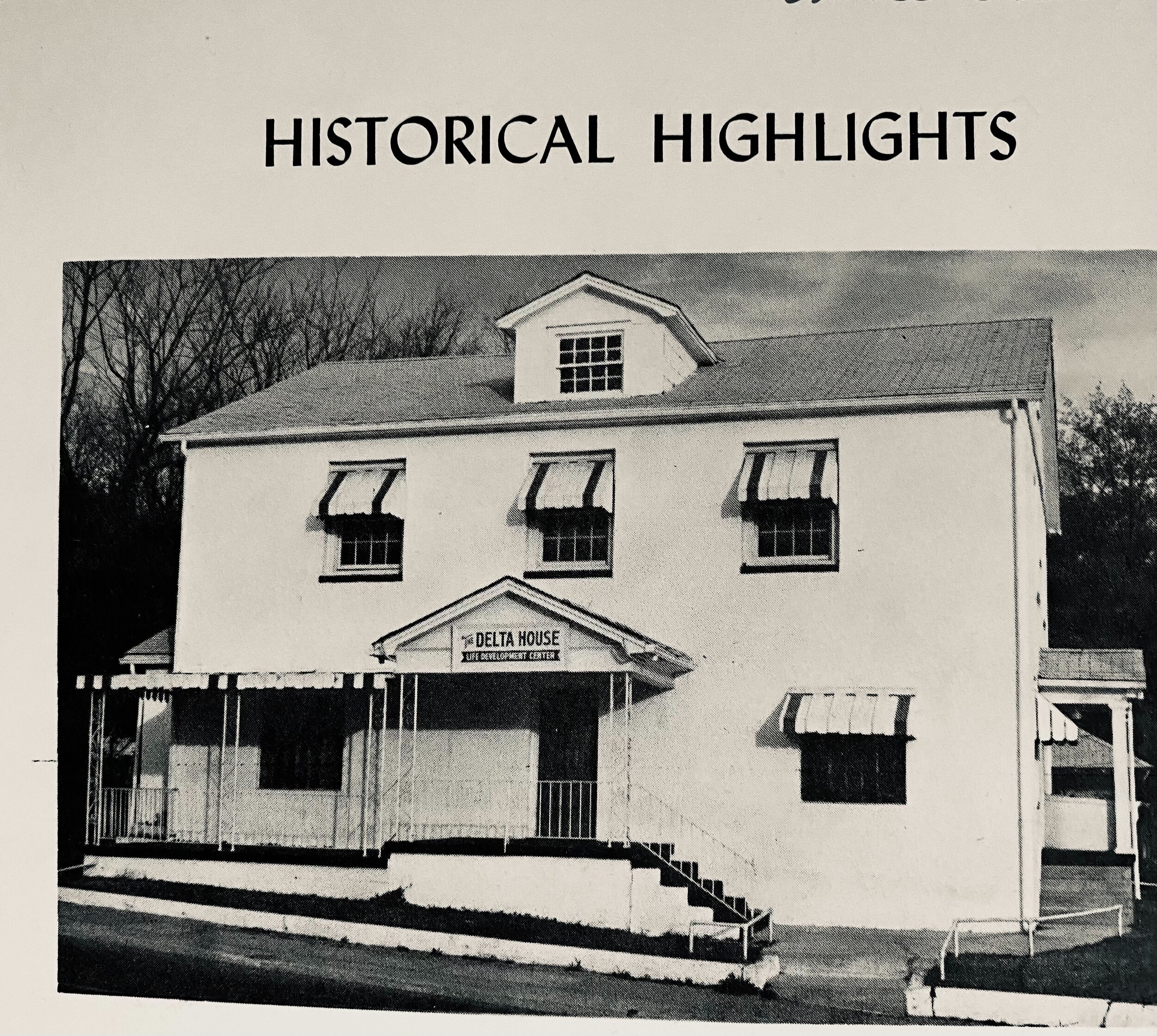
The Delta House was originally the Moloch Elks Lodge.
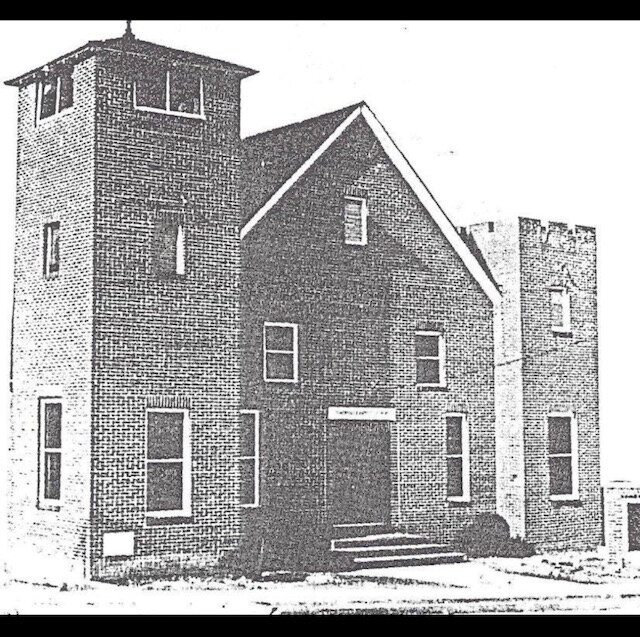
One of the First Churches serving as a place of worship.

Dr. Norman Smith was the Black Wall Street Pharmacist and business owner of Smith’s Pharmacy located on “The Square.”
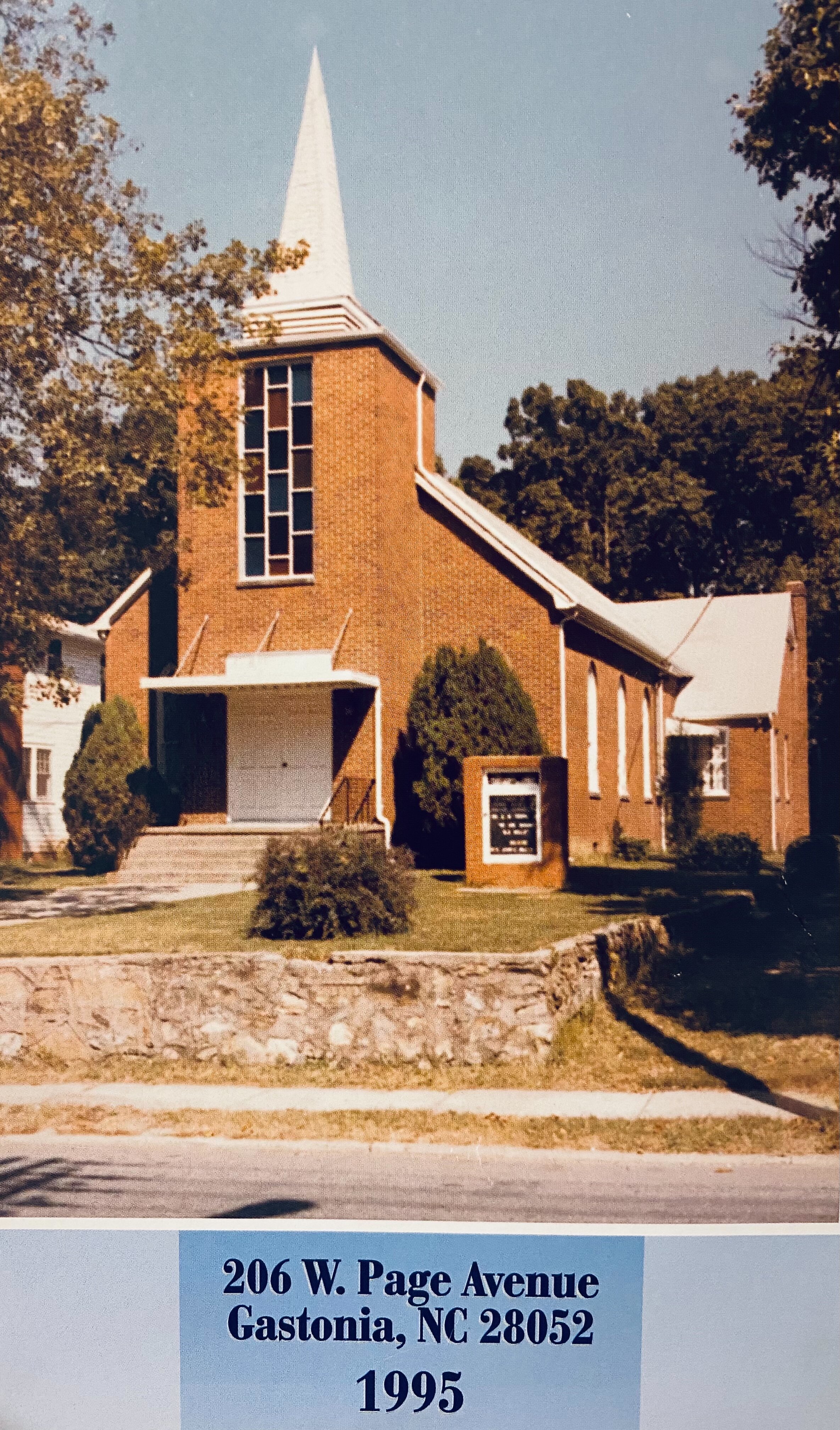
One of the First Churches serving as a place of worship, Leeper’s Chapel.
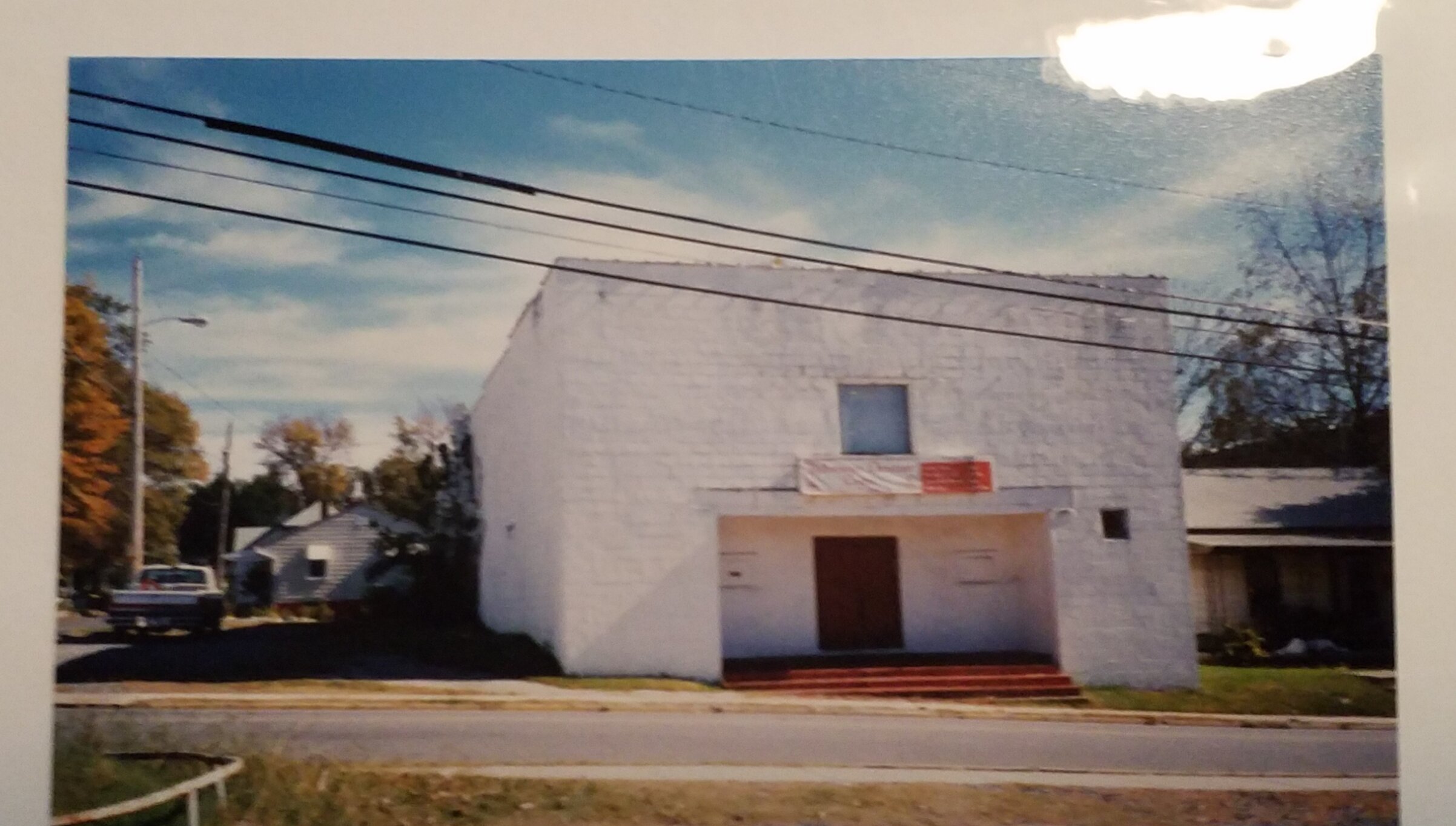
Club Arlessia Another of Gastonia's self-made businessmen, Lindsay Roy "Peter" Woods, owner of “Big Daddy’s Grill,” opened a nightclub for parties, concerts, and dances as a source of entertainment for the African American community. The nightclub's name, "Arlessia," was taken from the middle name of Peter's daughter. This night spot was located across from Martin's Funeral Home at N. York Street and was known as the best place to see the popular local band called, "The Magnificents."
